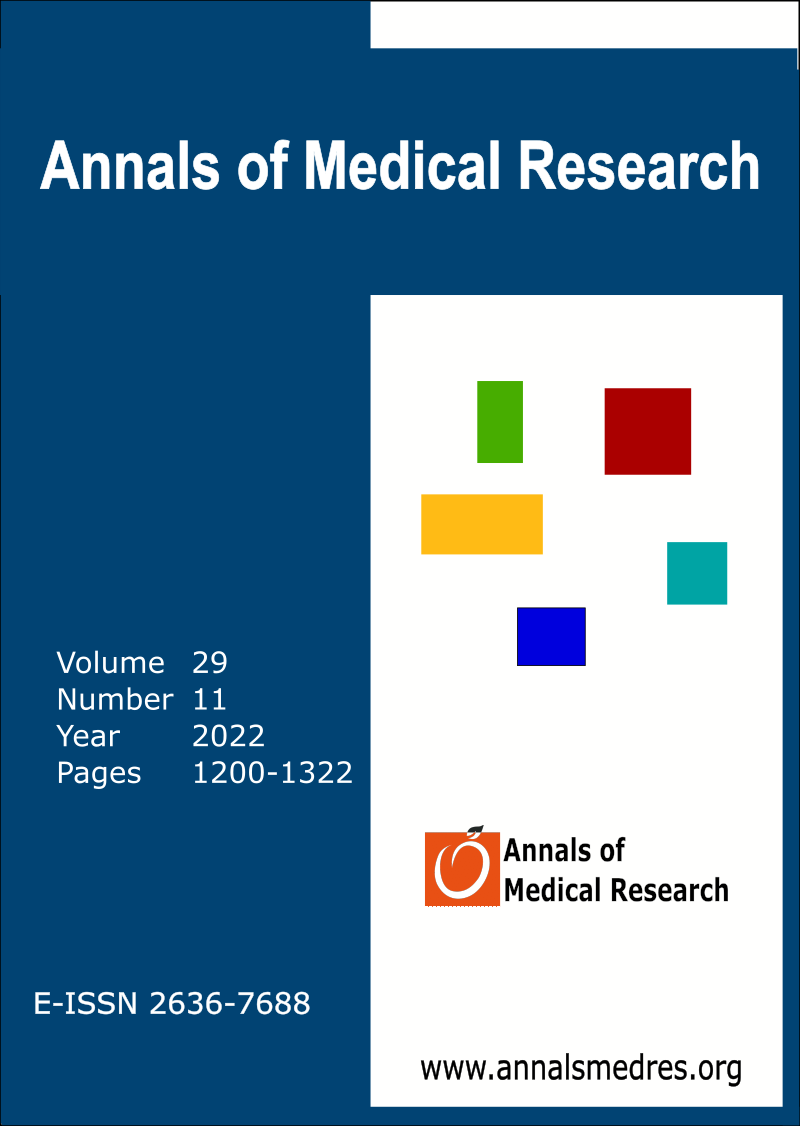Comparison of the effects of physiotherapy and ergotherapy applications on independent movement in hip fracture patients with hemiarthroplasty and PFN-A
Keywords:
Hip fracture, Hemiarthroplasty, Antirotation proksimal femoral nail (PFN-A), Occupational therapy, PhysiotherapyAbstract
Aim: In this study, our aim is to compare the effects of post-hip fracture hemiarthroplasty or PFN-A applications on the post-operative hip joint to provide enough range of motion to assist in daily activities, helping to regain lost muscle strength and to compare the effects on independent movement.
Materials and and Methods: 15 patients who underwent hemiarthroplasty (Group 1) and 15 patients who underwent PFN-A (Group 2) were included in this study. These patients were aged between 50-80 who had operated at least 3 months ago, had no other lower extremity operation or trauma in the last 6 months, did not have any other physical and mental problems that prevented physiotherapy and occupational therapy due to the hip fracture.
Physical therapy and occupational therapy methods were applied to both groups after surgery. These two groups were evaluated with the early postoperative period, after physical therapy and after occupational therapy, the Lower Extremity Functional Scale, Functional Independence Scale, Barthel Daily Living Activities Index, Harris Hip Assessment Scale and Timed Get Up and Go tests.
Results: After physical therapy applied according to the early postoperative period; a significant difference was obtained for all patients in the evaluations made with lower extremity function scale, Functional independence scale, timed up and go test, and Harris hip assessment scale. In addition to this treatment, a significant difference was achieved for all patients after the ergotherapy methods. Statistically significant differences were not found for Barthel's daily life activities test.
Conclusion: The negative thoughts created by the limitations in the functions of the elderly people is reduced with the ergotherapy application plan and providing support both physically and psychologically. The emotional changes that vary on according to the level of dependency of the patients, the use of auxiliary devices is taught in elderly individuals, especially considering their desire to be independent, their functions were restored with the multiple working method and the quality of life is increased.
Downloads
Published
Issue
Section
License
Copyright (c) 2022 The author(s)

This work is licensed under a Creative Commons Attribution-NonCommercial-NoDerivatives 4.0 International License.
CC Attribution-NonCommercial-NoDerivatives 4.0






